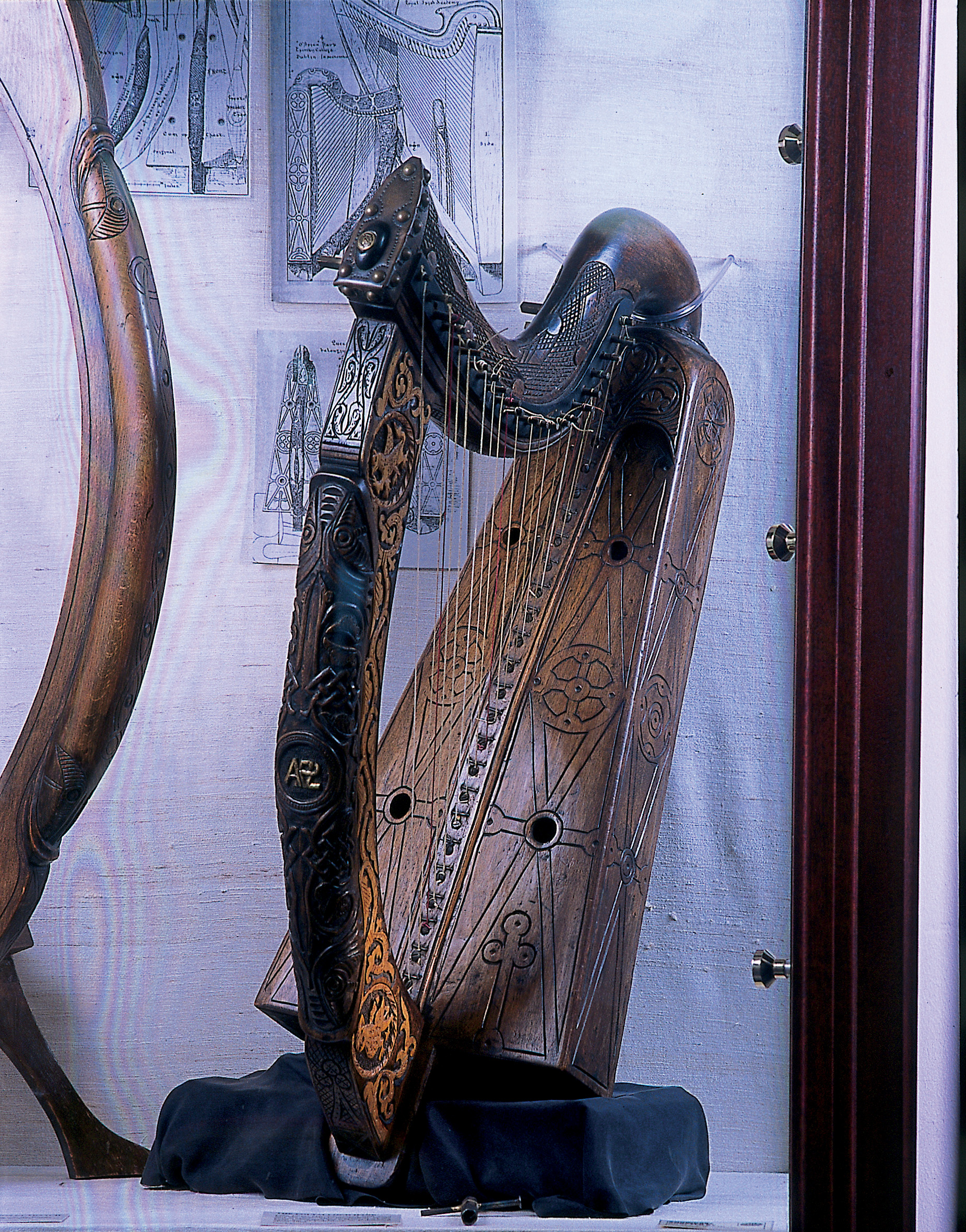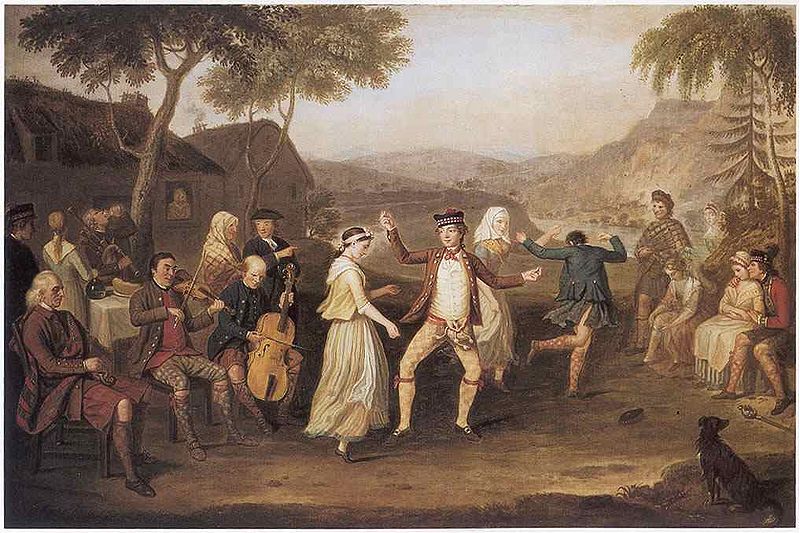Perhaps particularly in a post-Christian society it is stereotypes we live with, rather than the nuanced reality of religion. Listening to the thoughts of ministers by reading the Old Statistical Accounts has challenged one of these for me recently. We are all familiar with the notion of religion’s hostility to folk culture. The story of John MacDonald, born in 1779 and brought up in Reay, on the north coast, demonstrates this perfectly.
He early manifested an intense love for music, and even in his boyhood acquired considerable skill in subduing into melody for Celtic ears the wild sounds of the bagpipe. This was his favourite instrument; and on leaving home for college in 1797 [in Aberdeen] it was carefully packed in his trunk, and doubtless furnished many a pleasant interlude amidst the busy studies of the session.
However the young man, son of a Church of Scotland catechist, was becoming increasingly committed to his faith.
Before the following session higher matters began to occupy his attention, and the pipe was that year left purposely behind. His father, in order to try him, wrote to inquire what would be done with the pipe. “Just what you think right,” was his answer, well knowing what treatment his idol was likely to receive at his father’s hands. The old man no sooner received this license from his son than he went to fetch the pipe from its place, and laying it on the block, he plied with right good-will the axe on its chanters.
The fingers of all musicians will tighten a little on their mouse as they read that. Young John became an influential preacher, down in Ferintosh on the Black Isle, and beloved to many across the Highlands. But he didn’t feel that music and his brand of faith were compatible. It seems that as people became more religious, affected by the Evangelical movement in the late 1700s in Sutherland and Ross-shire, and in the early 1800s on the west coast, that they rejected their music and the telling of the old stories. The poet Derick Thomson likens Calvinism to a scarecrow; a ‘tall, thin black-haired man’ who ‘took the goodness out of the music’ replacing it with ‘a new song’ and ‘fragments of the philosophy of Geneva’. Thomson is ambivalent about this religious legacy, but is sure it was hostile to folk culture.
The ministers writing in the Statistical Accounts were not all John MacDonalds nor did they all usher in scarecrows. Many record local leisure activities neutrally, even positively. The minister of Islay noted that ‘dance and the song, with shinty and putting the stone, are their chief amusements. Numbers of them play well upon the violin and the bagpipe.’ In Coll and Tiree the people composed and sang songs, told Fingalian tales, and held ‘dancing assemblies at different farms in turn.’ The minister in Thurso fancied himself an expert on fiddle and pipe music. He found ‘the Highland reels are played particularly well … in Caithness; but the proper slow bagpipe tunes and marches, are not given in that perfection here, which seems almost peculiar to the West Highland pipers.’
A few used folk culture to lament changing times. On the south shores of the Dornoch Firth, the minister romanticised the people of Kincardine. They were apparently moral, hospitable, agile, inquisitive, ‘fond of information’ (which I suspect means gossipy!) and ‘extremely patient under hunger, cold, and other distresses, from which their southern neighbours would shrink with horror.’ However he felt all was not well and used the decline in ceilidh culture to emphasise this. ‘The tale, the song, and the dance, do not, as in the days of their fathers, gild the horrors of the winter night.’ He blames this on the rise of legal distilling. The minister of Strachur, Argyllshire, went further. He used a romanticised vision of the past and a perceived cultural decline in music and poetry to subtly criticise the landlord for introducing commercial sheepfarming.
This positive clerical view is not the whole story. In Stromness the minister saw the connection between ‘sottish enjoyment of drinking’ and music and dancing. His neighbour in North Ronaldsay worried about fifty of his parishioners who gathered at some prehistoric cairns on New Year’s Day for ‘dancing with moon light, with no other music than their own singing.’ The connection of music, dancing and community get-togethers with drinking and with ancient spiritual beliefs gave many ministers cause for reflection.
My study is not meant to suggest that the church, particularly Evangelical Calvinism in the way it was absorbed and put into practice in Scotland, has nothing to repent of in its frequently invidious effect on local culture. But the more I look, the more Jackson Pollock-like becomes the picture. John MacDonald was not the only influential religious leader to throw out the musical baby with its bathwater. Yet ministers were not doctrinal automatons. For as many as saw moral dangers in the old stories and the new tunes, others were neutral, enthusiastic or even sentimental about folk culture.
Of course there may be another reason ministers living in draughty manses supported musicians. In Ronaldsay the music of the piper, it was said, was capable of banishing rats!
Dr Elizabeth Ritchie, Centre for History, University of the Highlands and Islands
We hope you have enjoyed this post: it is characteristic of the rich historical material available within the ‘Related Resources’ section of the Statistical Accounts of Scotland service. Featuring essays, maps, illustrations, correspondence, biographies of compliers, and information about Sir John Sinclair’s other works, the service provides extensive historical and bibliographical detail to supplement our full-text searchable collection of the ‘Old’ and ‘New’ Statistical Accounts.
Sources:
John Kennedy, The ‘Apostle of the North’: the Life and Labours of the Rev. Dr. M’Donald, (Toronto: J. Campbell, 1866)
Derick Thomson, ‘The Scarecrow’, quoted in Malcolm Chapman, The Gaelic Vision in Scottish Culture (Montreal: McGill-Queen’s University Press, 1978)
Old Statistical Account: parishes of Kilchoman, Tiree and Coll, Thurso, Strachur and Stralachan, Stromness, North Ronaldshay

